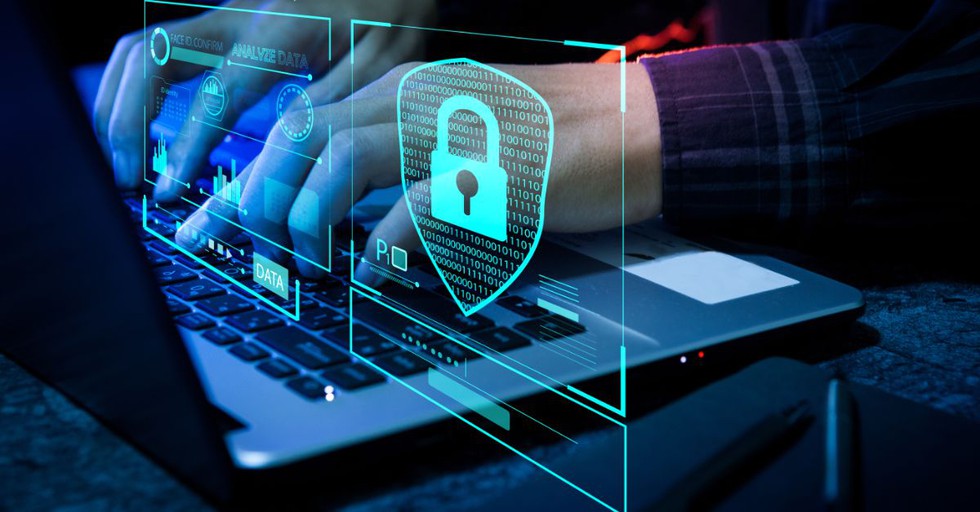
About CERT-In:
- It is the national nodal agency for responding to computer security incidents as and when they occur.
- It is a functional organisation of the Ministry of Electronics and Information Technology, Government of India, with the objective of securing Indian cyberspace.
- CERT-In has been operational since January 2004.
- The constituency of CERT-In is the Indian cyber community and Indian cyberspace.
- The Information Technology (Amendment) Act 2008, designated CERT-In to serve as the national agency to perform the following functions in the area of cybersecurity:
- Collection, analysis and dissemination of information on cyber incidents.
- Forecasts and alerts of cyber security incidents
- Emergency measures for handling cyber security incidents
- Coordination of cyber incident response activities.
- Issue guidelines, advisories, vulnerability notes, and whitepapers relating to information security practices, procedures, prevention, response, and reporting of cyber incidents.
- Such other functions relating to cyber security as may be prescribed.
- To perform these functions, CERT-In is empowered to call for information and issue directions to service providers, intermediaries, data centres, body corporates and any other person.
- CERT-In provides services to organizations in the Government, Public, and Private sectors. In addition, CERT-In provides services to individuals and home users as well.
- Disclosure of information will be followed in accordance with Indian Constitutional laws.
2. What is Eurasian Whimbrel?
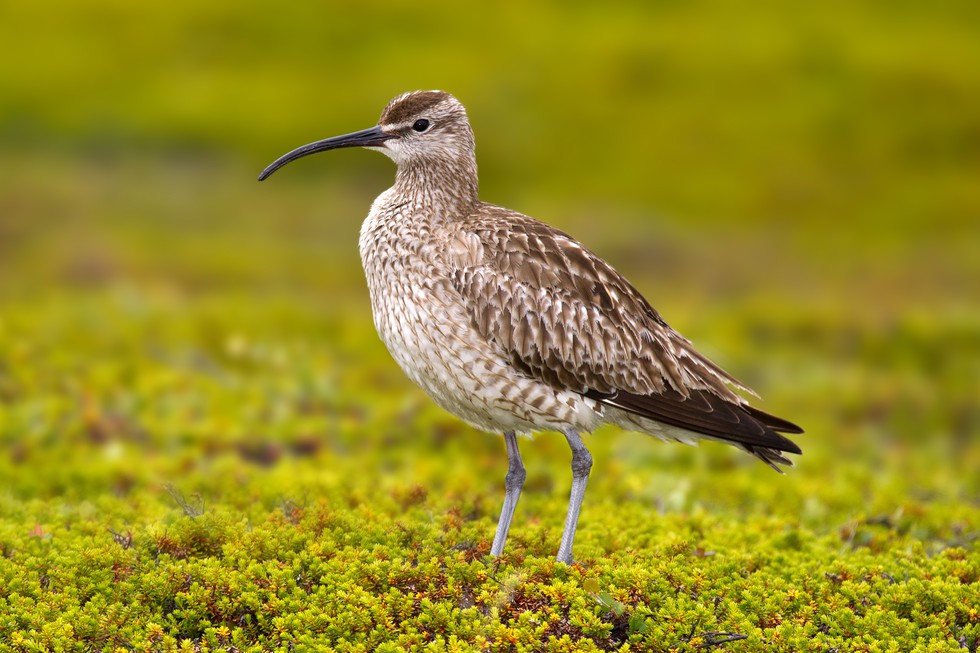
About Eurasian Whimbrel:
- It is a wading bird in the large family Scolopacidae.
- Scientific Name: Numenius phaeopus
- Distribution:
- They have an extensive range that spans across five continents: North America, South America, Asia, Africa, and Europe.
- They breed in the subarctic regions of Siberia and Alaska during the summer months before migrating south to wintering grounds in southern USA, Central America, South America, Africa, and South Asia, including Nepal.
- Habitat: Winters mainly along the coastline, coastal wetlands, mangroves, marshes, and larger rivers.
- Features:
- A fairly large greyish-brown bird with a long, decurved bill with a kink.
- It has a distinct head pattern with dark eye-stripes and crown-sides.
- It is mottled dark brown above, pale below, with much brown streaking on the throat and breast.
- Generally solitary when nesting, the Whimbrel tends to become gregarious outside of the breeding season.
- Whimbrels are known for their high-pitched call consisting of a repetitive series of seven notes.
- Conservation Status:
- IUCN Red List: Least Concern
3. What is Insurance Regulatory and Development Authority of India (IRDAI)?
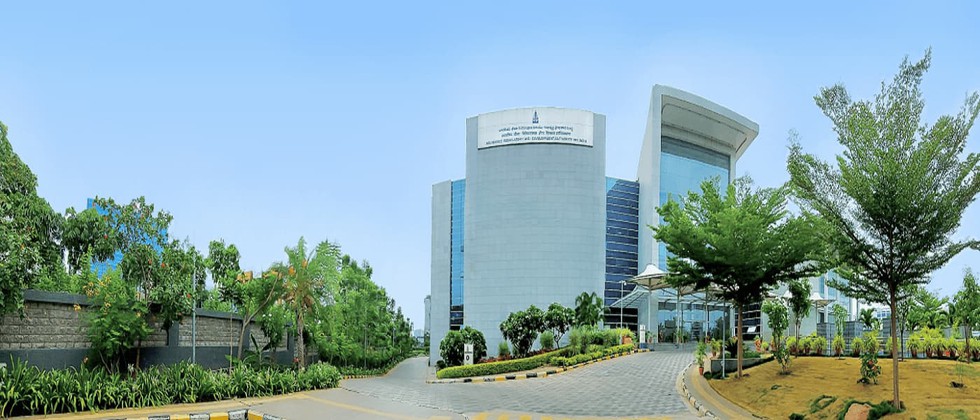
About IRDAI:
- It is a statutory body formed under an Act of Parliament, i.e., the Insurance Regulatory and Development Authority Act, 1999 (IRDAI Act 1999), for the overall supervision and development of the insurance sector in India.
- Objectives:
- To protect the interests and fair treatment of the policyholder.
- To regulate the insurance industry in fairness and ensure the financial soundness of the industry.
- To regularly frame regulations to ensure the industry operates without any ambiguity.
- Head Office: Hyderabad
- It is responsible for registering and/or licensing insurance, reinsurance companies, and intermediariesaccording to the regulations.
- It sets the eligibility criteria, qualifications, and capital requirements for obtaining licenses in the insurance business.
- Entities regulated by IRDAI:
- Life Insurance Companies: Both public and private sector companies
- General Insurance Companies: Both public and private sector Companies. Among them, there are some standalone Health Insurance Companies which offer health insurance policies.
- Re-Insurance Companies
- Agency Channel
- Intermediaries, which include the following:
- Corporate Agents
- Brokers
- Third-party Administrators
- Surveyors and Loss Assessors.
- Composition: It is a 10-member body- a chairman, five full-time members, and four part-time members appointed by the Government of India.
- To protect the interests of policyholders, the IRDAI was granted significant responsibilities, including
- Efficiently conducting the insurance business and protecting the interests of the policyholders in matters concerning assigning of policy, nomination by policyholders, insurable interest, settlement of insurance claims, surrender value of the policy, and other terms and conditions of contracts of insurance.
- Approving product terms and conditions offered by various insurers.
- Regulating the investment of funds by insurance companies and maintaining a margin of solvency.
- Specifying the financial reporting norms of insurance companies.
- Specify code of conduct, qualifications, and training for intermediary or insurance agents.
- Undertaking inspection, calling for information, and investigations, including an audit of insurance companies, intermediaries, and other organizations associated with the insurance business.
- Ensuring insurance coverage is provided in rural areas and also to the vulnerable sections of society.
4. New System to Identify Scam/Fraud Calls
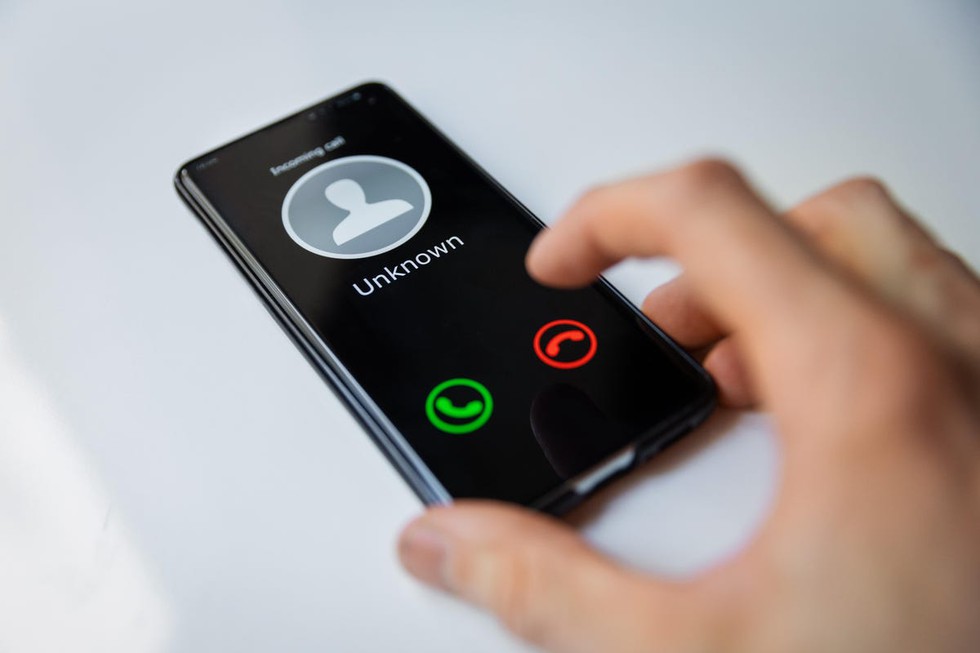
About New System to Identify Scam/Fraud Calls:
- Dedicated Phone Number Series: The DoT has allocated a dedicated 10-digit numbering series starting with 160 for service and transactional calls made by the government, regulators, and financial entities.
- These 10-digit numbers will include additional information to help you recognize the caller.
- The 10-digit number series has been designed by the DoT in such a manner that citizens will get an idea about calling entities as well as the telecom operator and the place from where it has originated.
- This new system aims to give you more information about incoming calls, empowering you to identify potential scams.
- Incoming calls from banks, government departments to display 160 Prefix:
- The 10-digit number will have a 160 prefix and will be issued in 1600ABCXXX format for government, financial institutions, and telecom regulators.
- The AB will show the code of the telecom circle, like 11 for Delhi and 22 for Mumbai.
- While the digit at C place will show the code of the telecom operator.
- The XXX will be digits between 000-999.
- The 10-digit number will have a 160 prefix and will be issued in 1600ABCXXX format for government, financial institutions, and telecom regulators.
- Numbers for financial institutions to be issued in 1601ABCXXX format:
- For financial entities regulated by the RBI, Securities and Exchange Board of India (SEBI), PFRDA (Pension Fund Regulatory and Development Authority), and Insurance Regulatory and Development Authority (IRDA), the 10-digit number will be issued in 1601ABCXXX format.
- Verification and Transparency:
- Telecom service providers (TSPs) are responsible for verifying each entity requesting a 160 series number.
- They will also obtain a commitment that the number will only be used for legitimate service and transactional calls.
5. What is K-9 Vajra?
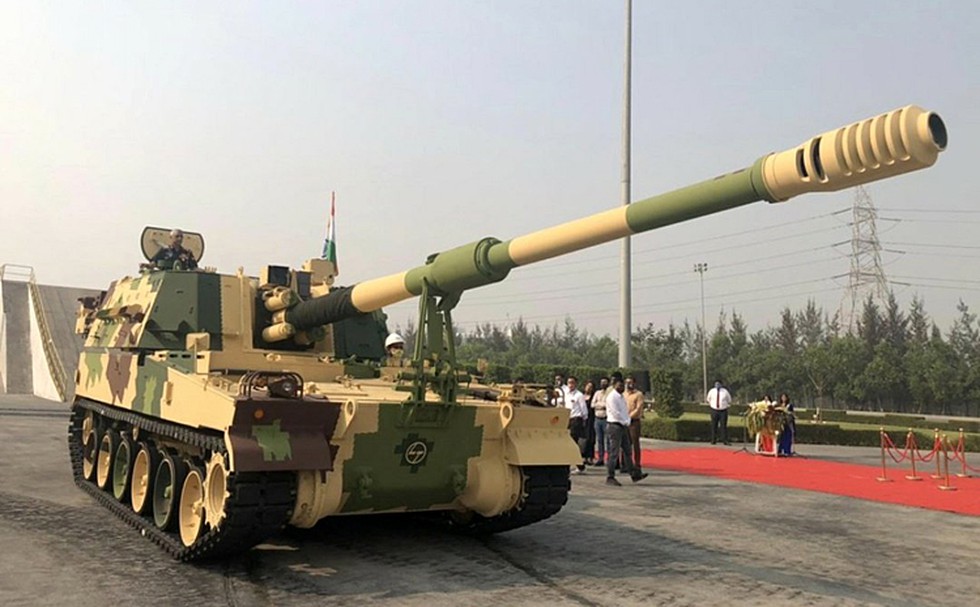
About K-9 Vajra:
- It is a 155 mm, 52-caliber tracked self-propelled artillery system.
- It can fire shells at great elevation angles to hit targets far away.
- It is built by Larsen & Toubrowith technology transferred from South Korean defence major Hanwha Défense based on its K9 Thunder platform.
- It can perform a variety of missions due to its capacity to fire a wide range of artillery ammunition, including high explosive, smoke and illumination shells.
- Features:
- It has all-welded steel armour up to 19mm thick.
- The main weapon is the 155mm / 52 calibre gun.
- The gun weighs 50 tonnes and can fire 47kg bombs.
- It has a burst rate of fire of three rounds per 15 secondsand a maximum rate of fire of six to eight rounds per minute for three minutes.
- It can strike enemy targets at around 50 kilometres.
- It can also turn around at zero radius, basically at the same place where they are standing.
- The K9 uses a digital fire control system, by which it can fire multiple rounds that can impact a given area at the same time.
6. What is PRAGATI-2024?
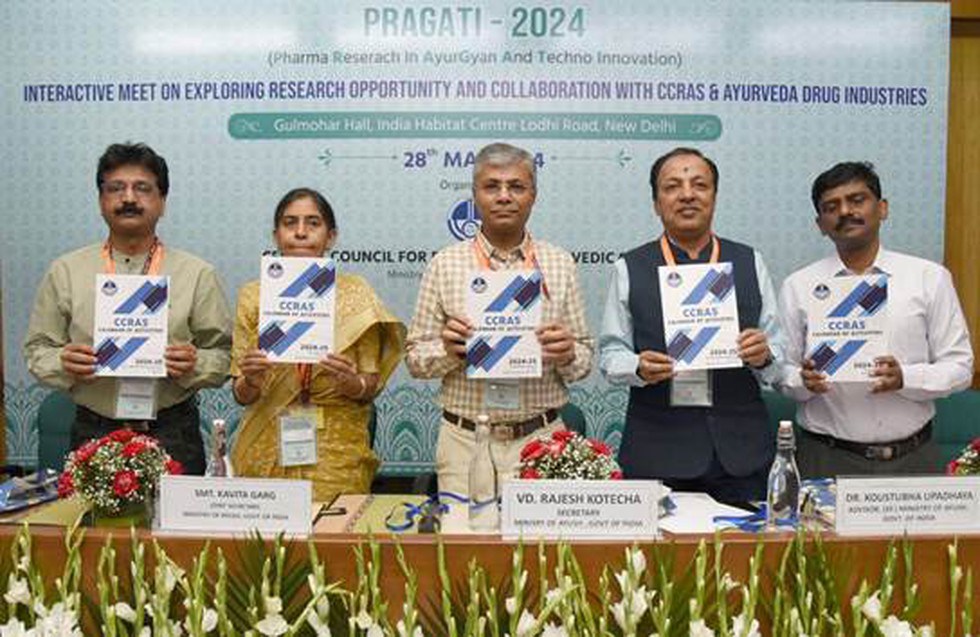
About PRAGATI-2024:
- Pharma Research in AyurGyan And Techno Innovation (PRAGATI) aims to explore research opportunities and foster collaboration between CCRAS and the Ayurveda drug industry.
Key facts about Central Council for Research in Ayurvedic Sciences (CCRAS)
- It is an autonomous body under the Ministry of AYUSH, Govt. of India.
- It is an apex body in India for undertaking, coordinating, formulating, developing and promoting research on scientific lines in Ayurvedic sciences.
- The research activities of the Council include Medicinal Plant Research (Medico-Ethno Botanical Survey, Pharmacognosy and Tissue Culture), Drug Standardization, Pharmacological Research, Clinical Research, Literary Research & Documentation and Tribal Health Care Research Programme.
- It also does formulation, coordination, development and promotion of research on scientific lines in Ayurveda and Sowa-Rigpa system of medicine.
- Headquarter:New Delhi
7. Microcephaly
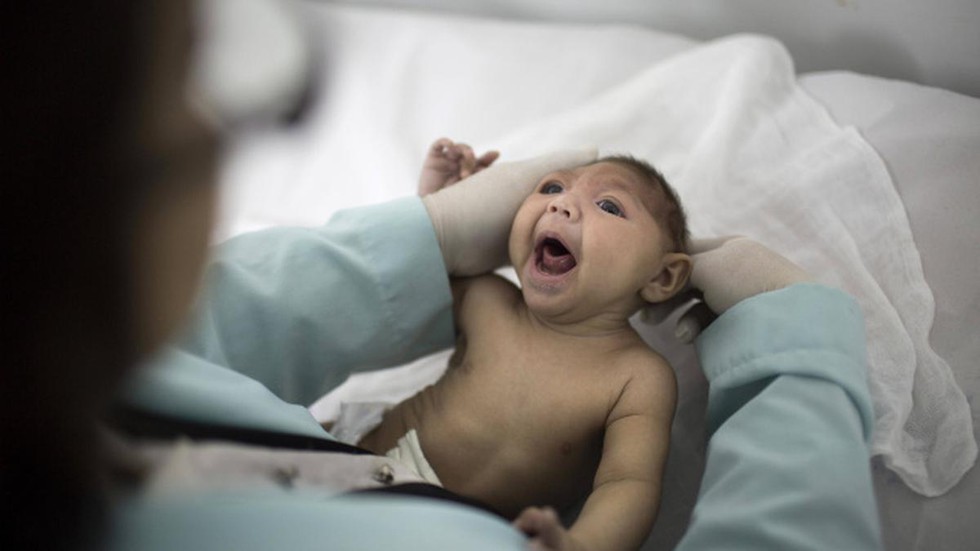
About Microcephaly:
- It is a rare neurological condition in which an infant's head is much smaller than the heads of other children of the same age and sex.
- Sometimes detected at birth, microcephaly often occurs when there is a problem with brain development in the womb or when the brain stops growing after birth.
- It can be caused by a variety of genetic and environmental factors. Children with microcephaly often have developmental issues.
- Most children with microcephaly also have a small brain, poor motor function, poor speech and abnormal facial features, and are intellectually disabled.
- The most common causes include:
- Infections during pregnancy: toxoplasmosis (caused by a parasite found in undercooked meat), Campylobacter pylori, rubella, herpes, syphilis, cytomegalovirus, HIV and Zika;
- Exposure to toxic chemicals: Maternal exposure to heavy metals like arsenic and mercury, alcohol, radiation, and smoking;
- Pre- and perinatal injuries to the developing brain (hypoxia-ischemia, trauma);
- Genetic abnormalities such as Down syndrome; and severe malnutrition during fetal life.
- Symptoms: Many babies born with microcephaly may demonstrate no other symptoms at birth but go on to develop epilepsy, cerebral palsy, learning disabilities, hearing loss and vision problems.
- Treatment: There is no specific treatment for microcephaly.
8. eMigrate project
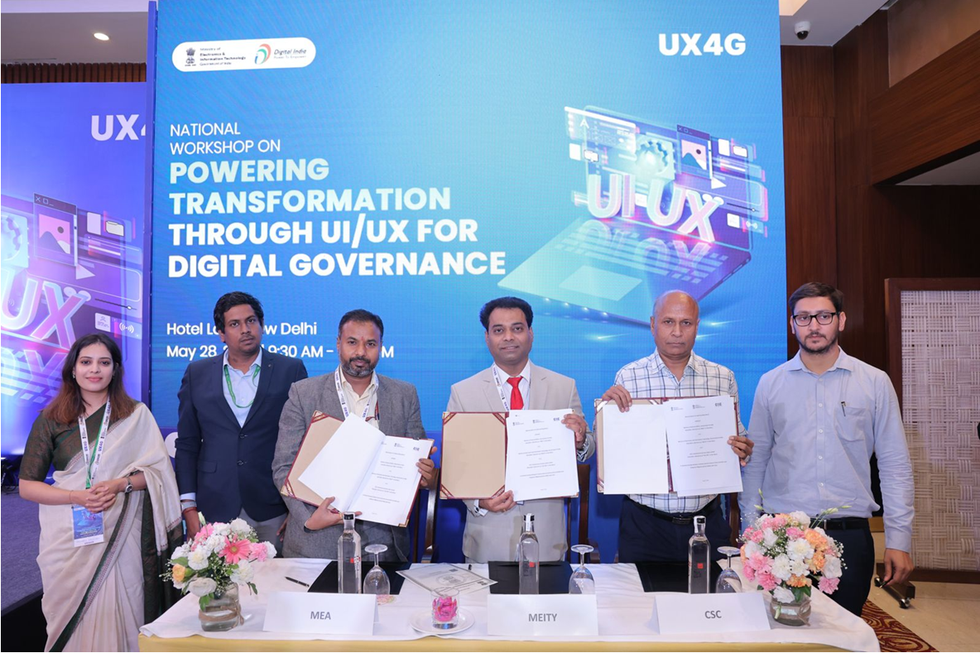
About eMigrate project:
- It is undertaken to assist mainly the blue-collar workers going to Emigration Check Required (ECR) countries.
- The project was conceptualized to address issues faced by the migrant workers by making emigration process online seamless and also to bring foreign employers and registered recruitment agents and insurance companies on one common platform aimed at promoting safe and legal migration.
- Under this MoU, eMigrate Portal of MEA would be integrated with CSC’s portal, to provide following eMigrate services to the citizens through CSCs
- Facilitate registration of applicants on eMigrate portal through CSCs.
- Facilitation of uploading and processing the required documents for the applicants on eMigrate portal through CSCs.
- Facilitate and supporting booking for medical and other services required by migrant workers or applicants registered on eMigrate portal through CSC.
- Creating awareness about eMigrate services amongst citizens across India.
Key facts about Common Service Centre (CSC)
- These are an integral part of the Digital India mission.
- The CSCs are frontend services delivery points for the delivery of digital services to the citizens, especially in the rural and remote areas across the country.
- This helps in contributing towards the fulfilment of the vision of Digital India and the Government’s mandate for a digitally and financially inclusive society.
- Apart from delivering essential government and public utility services, CSCs also deliver a range of social welfare schemes, financial services, educational courses, skill development courses, healthcare, agriculture services, digital literacy, etc.
9. RudraM-II Missile
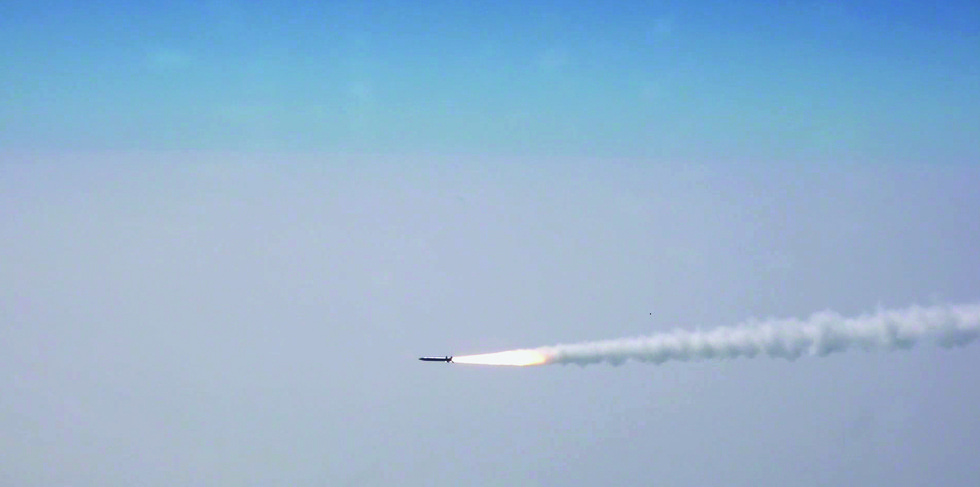
About RudraM-II Missile:
- It is an indigenously-developed solid-propelled air-launched missile system.
- It is meant for Air-to-Surface role to neutralise many types of enemy assets.
- It is designed to have a strike range of almost 350-km, from a Sukhoi-30MKI fighter of the IAF.
- It involves several state-of-the-art indigenous technologies developed by various DRDO laboratories that have been incorporated into the missile system.
RudraM series missiles
- The DRDO is developing these as new-generation anti-radiation missiles (NGARMs) for destroying a variety of enemy surveillance, communication, radars and command and control centers on the ground.
- The 150-km range RudraM-I missile, with INS-GPS navigation with a passive homing head for the final attack, was first tested in Oct 2020.
- The missiles are meant for suppression of enemy air defences (SEAD) from long stand-off ranges, which in turn will enable IAF strike aircraft to carry out bombing missions without hindrance.
What is an anti-radiation missile?
- These are designed to detect, track and neutralise the adversary’s radar, communication assets and other radio frequency sources, which are generally part of their air defence systems.
- Such a missile’s navigation mechanism comprises
- Inertial navigation system: A computerised mechanism that uses changes in the object’s own position — coupled with GPS, which is satellite-based.
- Passive homing head: A system that can detect, classify and engage targets (radio frequency sources in this case) over a wide band of frequencies as programmed.
10. Dag Hammarskjold medal
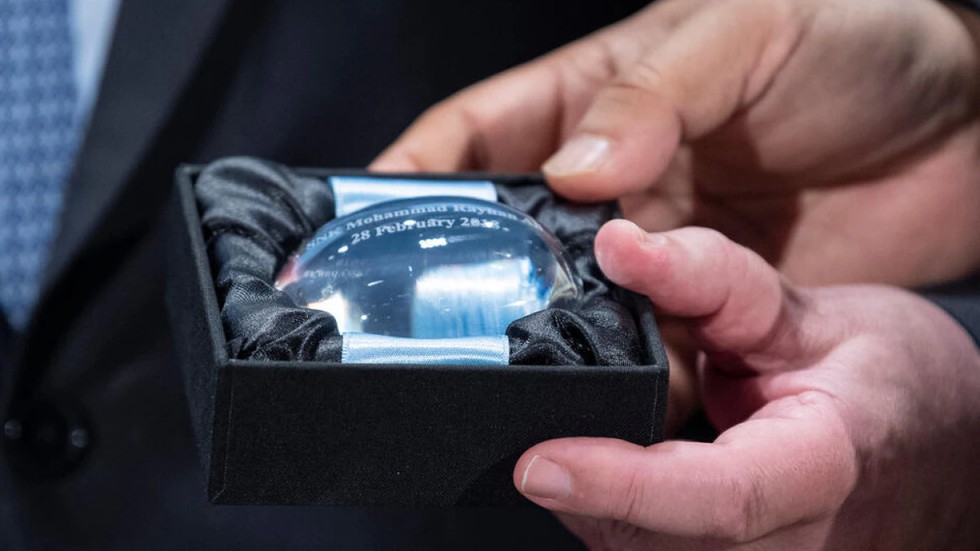
About Dag Hammarskjold medal:
- It was established in 1997 and it is the highest honour awarded to UN peacekeepers.
- It is a posthumous award given to members of peacekeeping operations who lost their lives during service with a peacekeeping operation under the operational control and authority of the United Nations.
- Each year on Peacekeeper's Day, this medal is awarded to any Member State who has lost one or more military or police peacekeepers at a ceremony at United Nation’s headquarters.
- It is named after the second Secretary-General of the United Nations, Dag Hammarskjold.
Other UN Awards
- Captain Mbaye Diagne Medal for Exceptional Courage : It is awarded to those military, police, civilian United Nations personnel and associated personnel who demonstrate exceptional courage, in the face of extreme danger, while fulfilling the mandate of their missions or their functions, in the service of humanity and the United Nations.
- UN Military Gender Advocate of the Year Award: It was started in 2016 to recognises the dedication and effort of an individual peacekeeper in promoting the principles within the United Nations Security Council Resolution 1325.
India and UN Peacekeeping
- India is the second largest contributor of uniformed personnel to UN Peacekeeping.
- It currently deploys more than 6,000 military and police personnel to the UN operations in Abyei, the Central African Republic, Cyprus, the Democratic Republic of the Congo, Lebanon, the Middle East, Somalia, South Sudan and Western Sahara.


























































































































































.png)
.png)
.png)
.png)
.png)


.png)
.png)
.png)





.png)
.png)






.png)
.png)
.png)
.png)
.png)
.png)
.png)
.png)
.png)

.png)







.png)
.png)


.png)
.png)
.png)


.png)

.png)
.png)





.jpg)

.png)
.png)


.png)

.png)
.png)
.png)

.jpg)

.jpg)


.png)

.png)
.png)
.png)
.png)
.png)
.png)
.png)
.png)
.png)
.png)




.png)

.png)





.png)
.png)
.png)
.png)
.png)
.png)
.png)
.png)
.png)
.png)
.jpg)
.jpg)

.png)
.png)
.png)
.png)
.png)
.png)
.png)
.png)
.png)
.png)
.png)
.png)
.png)
.png)
.png)
.png)
.png)
.png)
.png)
.png)
.png)
.png)



.png)
.png)

.jpg)
.jpg)


.jpg)
.jpg)
.jpg)
.jpg)
.jpg)

.jpg)








.jpg)
.jpg)
.jpg)
.jpg)
.jpg)

















.jpg)
.jpg)







.jpg)


















.jpg)
.jpg)






























































































.jpg)
.jpg)


























.jpg)

.jpg)










.jpg)








.jpg)




.jpg)










.jpg)


















.jpg)












































.jpg)














.jpg)
.jpg)
.jpg)





.jpg)

.jpg)
.jpg)





































































.jpg)


































.jpg)
.jpg)
















































.jpg)












.jpg)


.jpg)




.jpg)
.jpg)
.jpg)

.jpg)
.jpg)
.jpg)
.jpg)

.jpg)
.jpg)
.jpg)

.jpg)
.jpg)
.jpg)
.jpg)
.jpg)
.jpg)
.jpg)
.jpg)

.jpg)


.jpg)
.jpg)
.jpg)
.jpg)
.jpg)
.jpg)
.jpg)
.jpg)
.jpg)
.jpg)











.jpg)
.jpg)





.jpg)
.jpg)
.jpg)
























.jpg)
























.jpg)









.jpg)
.jpg)







.jpg)
.jpg)









































.jpg)
.jpg)
.jpg)
.jpg)
.jpg)

.jpg)
.jpg)
.jpg)
.jpg)
.jpg)


.jpg)
.jpg)
.jpg)
.jpg)
.jpg)

.jpg)
.jpg)
.jpg)
.jpg)
.jpg)
.jpg)
.jpg)
.jpg)
.jpg)
.jpg)
.png)

.png)
.png)

.png)
.png)
.png)
.png)


.jpg)
.jpg)

.jpg)
.jpg)
.jpg)

.png)
.png)
.png)
.png)
.png)
.png)
.png)

.png)
.png)
.png)
.png)
.png)
.png)
.png)
.png)
.png)
.png)





































































-min.png)



.png)




.png)








































